How to Choose the Right Simple Circuit Components
Selecting the right circuit components ensures functionality and reliability by matching specifications like voltage, current, and resistance for optimal performance.
Designing an elementary electronic circuit may sound daunting, but in reality, it is a very rewarding process that fortifies both your practical skills and theoretical understanding of electronics. For example, the selection of appropriate parts affects the function and reliability of your system-be it the lamp or advanced systems that process some kind of input like a microcomputer. We'll walk you through the basic component compositions of circuits and how to make smart choices on selecting each.
Electricity is considered to travel through an electric circuit, which is a path that begins from a source and ends at a point called ground or at an endpoint. Basically, the principle of the movement of electrons, impelled by an electric field, is how devices-from light bulbs to more involved electronics-operate. A simple electric circuit consists of three major parts: a source of electricity, such as a battery; conductive wires; and a device, or load, that takes some of the electricity, like a lamp.
Simple Circuit Key Components
Power Sources: Batteries and Generators
Batteries convert chemical energy into electrical energy using two terminals: one is the anode, or positive terminal, while the other is called the cathode, or negative terminal.
Generators provide electrical energy by conversion of mechanical energy into electricity and are usually applied in large-scale energy distribution.
Choose a power source that matches the voltage and current requirements of your circuit components.
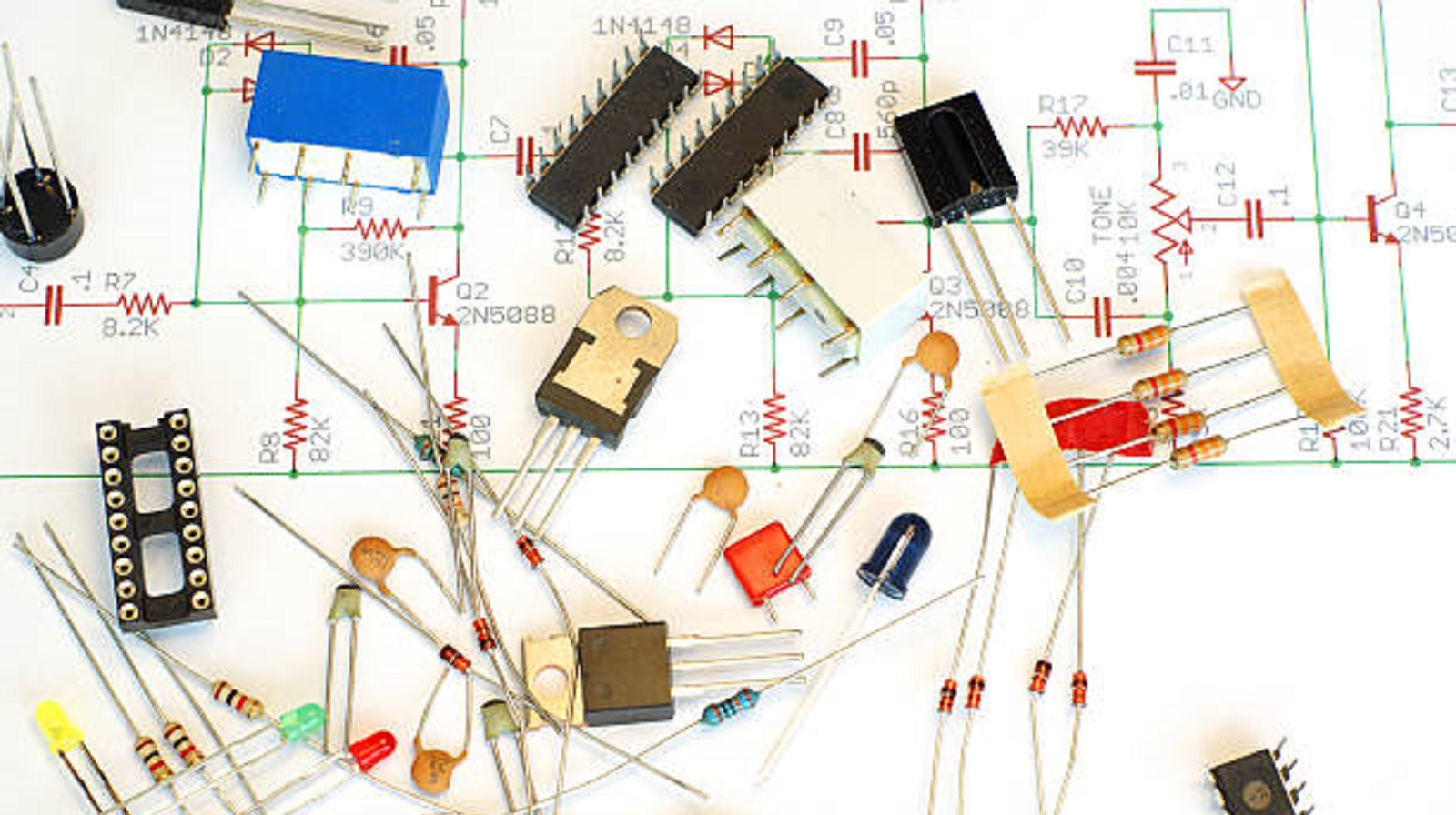
Conductive Pathways: Wires and PCB Traces
Wiring is the conductive path of electrical energy within the circuit. In a PCB design, this would be through metal traces.
Wire Gauge: Select a wire gauge to handle the current load condition. Running too high of a load on a wire can cause it to overheat and fail.
PCB Traces: On circuit boards, trace width and copper weight are specified and sized for the maximum current that they can safely handle without deteriorating.
Resistors: Limiting Current
Resistors limit current and decrease voltage levels in circuits by using electrical resistance.
Selection: The resistance to be used shall be calculated by using Ohm's Law: V = IR.
Power Rating: It shall be selected to bear the amount of power without burning out.
Capacitors: Storing and Releasing Energy
Capacitors store and release electrical energy, stabilizing voltage and smoothing fluctuations.
Capacitance Value: The value of capacitance shall be chosen based on timing application or signal filtering.
Voltage Rating: Capacitors Should be rated for higher voltitudes than the applied voltage in Circuit.
Diodes and LEDs: Current Control
Diodes act like a one way valve for current, providing protection and rectification.
Types: In use are rectifier diode for AC into DC conversion. variant includes LEDs which are indications
Forward Voltage: Diodes need a Voltage rating that would at least meet what the Circuit will see
Transistors: Switching and Amplificatioin
Transistors control the flow of current and can be used as either switches or amplifiers.
Type: Select NPN or PNP according to the circuit requirements.
Current and Voltage Ratings: Transistors should be able to handle the expected load.
Relays and Switches: Controlling Circuit Operation
Switches open and close circuits physically, while relays use electromagnetic fields to control current with no physical contact.
Types: SPST, SPDT, DPST, DPDT - selected based on operational requirements.
Integrated Circuits (ICs): Compact Functionalities
ICs consolidate various electronic functions into a single chip, used extensively in microcontrollers and other electronic devices.
Selection: Ensure compatibility with desired functionality (e.g., logic operations, timers).
Pin Configuration: Match your circuit board design layout.
Microcontrollers: Integrating Control
Microcontrollers act as small computers in your circuit, ideal for complex processing needs and tasks such as controlling appliances remotely.
Example: Arduino and Raspberry Pi, which are popular in educational and hobbyist projects.
Protection Devices: Fuses and Circuit Breakers
Fuses are devices that protect circuits by breaking the link in case of overcurrent conditions.
Circuit Breakers provide reusable protection by stopping the flow of current to prevent damage.
Motors: Converting Electrical Energy to Mechanical Work
Motors change electrical energy into movement; this is crucial in robotics and automation.
Selection: The voltage and torque applied would depend on one's application.
Constructive Considerations for Using Circuit Components
Components are divided into two types: active and passive. Active components, like transistors, need some external power for their working, while passive components like resistors and capacitors do not require any external power.
Active Components: Semiconductor devices including transistors that can amplify the signal and switch electrical paths.
Passive Components: These include resistors, capacitors, inductors, and transformers, which control the flow of electric current without using external power.
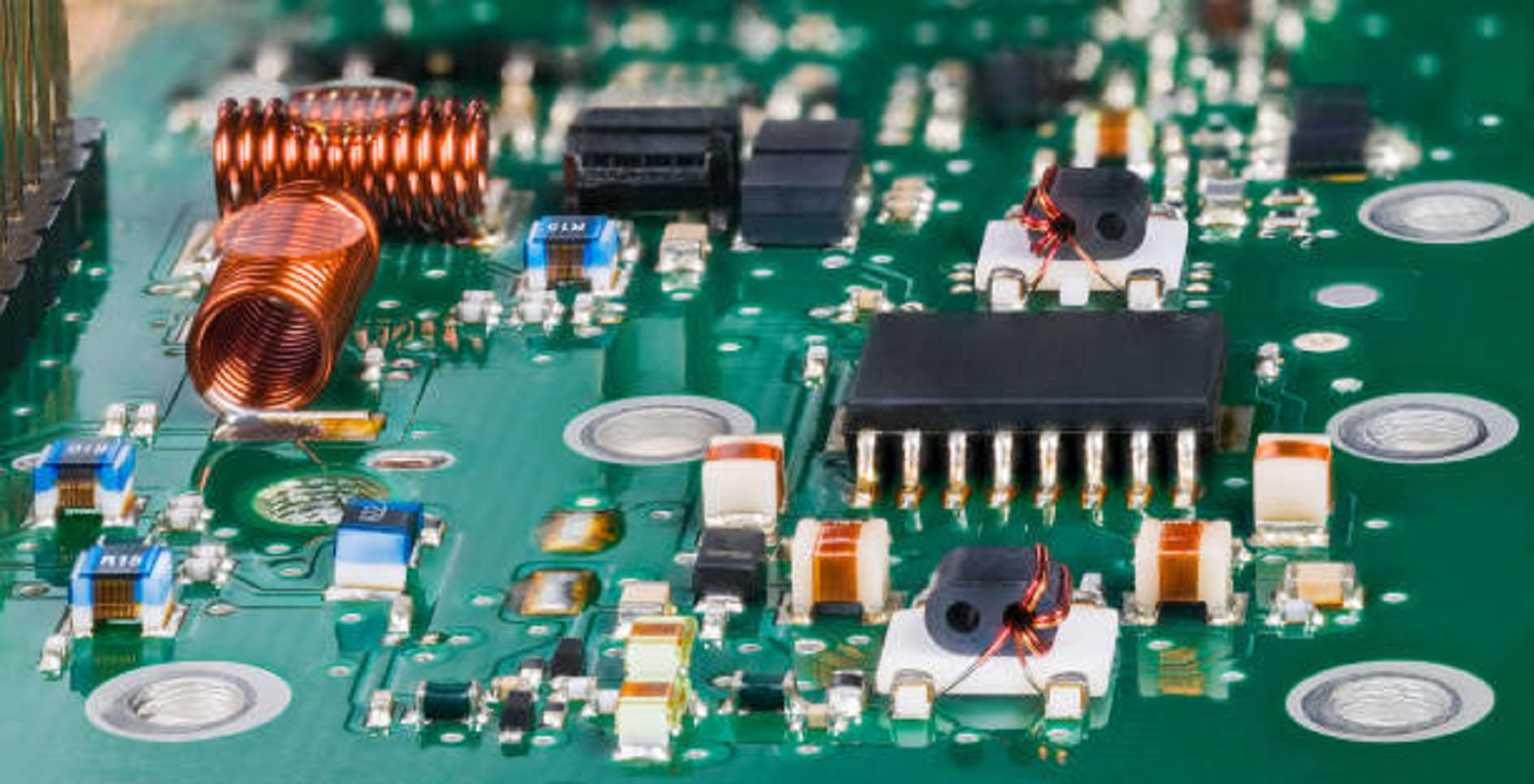
Choosing the right components for your simple circuit is a mix of knowing the specifications and leveraging their functions to the fullest. At PCBX, our proficiency in PCB design ensures that your components are perfectly integrated into the circuit board, facilitated by optimized layout and efficient power distribution.
Whether you are building circuits for mere fun or entering into the world of electrical engineering, your success depends upon understanding and choosing these basic components. This knowledge will make you more capable of troubleshooting, designing, and inventing in this fascinating domain of electronics.
Hot Tags:
Contact us

If you can't find what you're looking for, please contact us.
Article
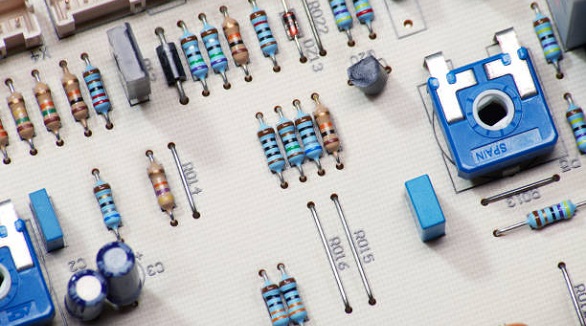
The 3.3K resistor is vital in electronics for current regulation, is widely available, and ideal in precision circuits, ensuring stability and cost-effectiveness.
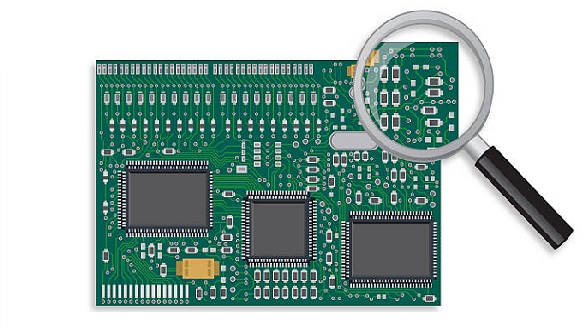
Routine inspections and proper maintenance of capacitors and resistors in PCBs reduce failures, prolong device lifespan, and lower maintenance costs.
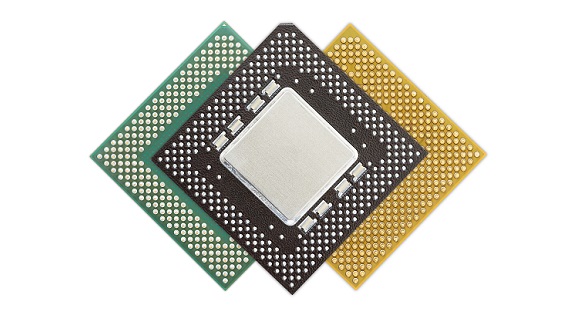
IC packaging is essential in electronics for protecting components, providing electrical connections, and managing heat. This tutorial explores its complexities, including its importance, various types like SMD, QFP, and BGA, and considerations for choosing the right package for specific applications. Proper IC packaging enhances PCB performance and reliability.